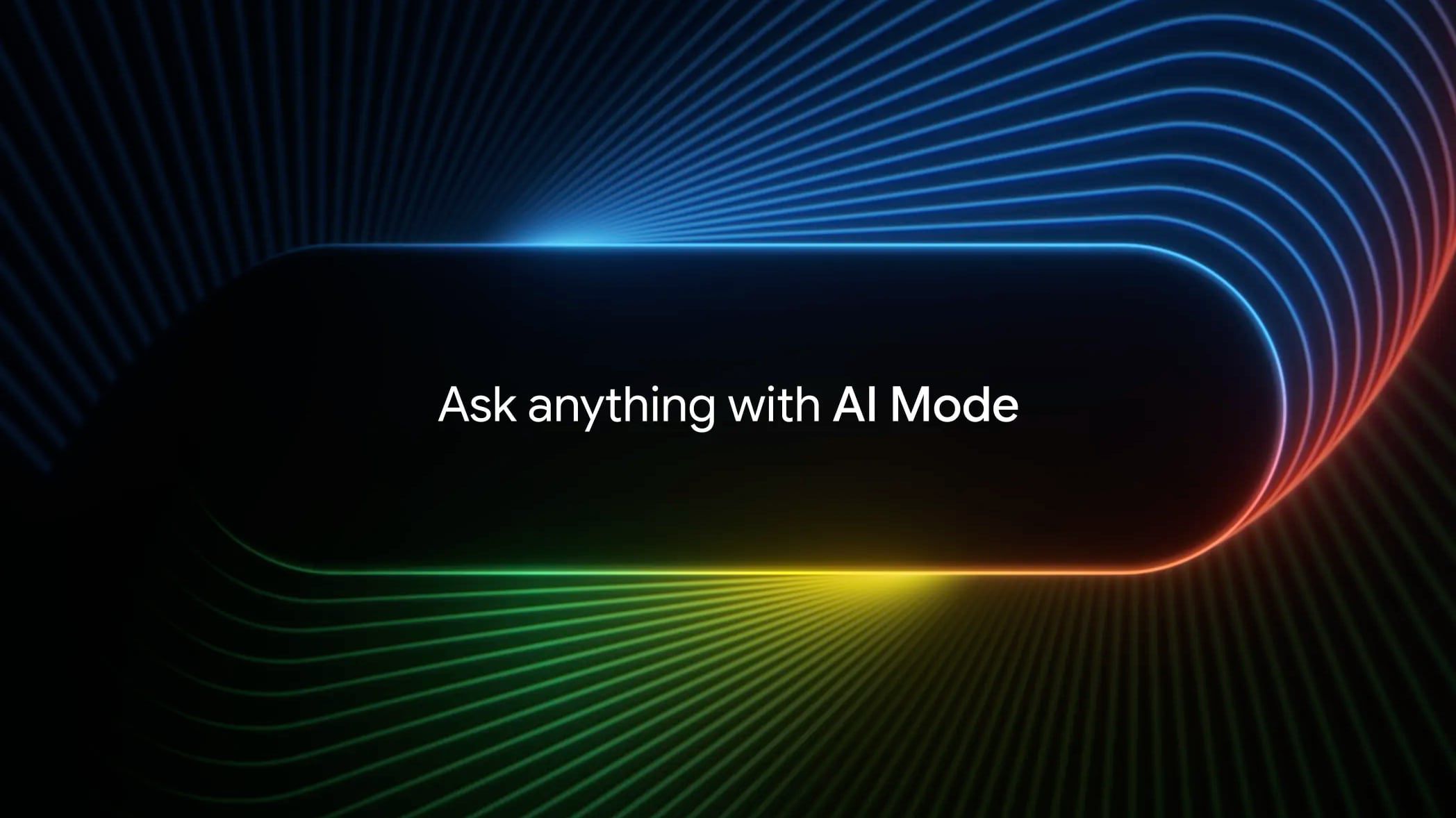Securing Critical Infrastructure – CISO’s 2025 Playbook
Critical infrastructure, including energy grids, transportation systems, healthcare networks, and water supplies, forms the backbone of modern society. In 2025, the stakes for securing these systems have never been higher. Cyberattacks have evolved from disruptive incidents to existential threats, with state-sponsored actors, ransomware syndicates, and hacktivists exploiting vulnerabilities in aging industrial control systems (ICS) and […] The post Securing Critical Infrastructure – CISO’s 2025 Playbook appeared first on Cyber Security News.

Critical infrastructure, including energy grids, transportation systems, healthcare networks, and water supplies, forms the backbone of modern society. In 2025, the stakes for securing these systems have never been higher.
Cyberattacks have evolved from disruptive incidents to existential threats, with state-sponsored actors, ransomware syndicates, and hacktivists exploiting vulnerabilities in aging industrial control systems (ICS) and IoT ecosystems.
For Chief Information Security Officers (CISOs), the challenge is twofold: defending against increasingly sophisticated threats while navigating regulatory complexity, budget constraints, and workforce shortages.
This playbook outlines actionable strategies to future-proof critical infrastructure, emphasizing adaptive risk management, cross-sector collaboration, and emerging technologies like AI-driven defense systems.
1. Prioritize Threat Intelligence and Proactive Defense
The reactive cybersecurity models of the past are obsolete.
In 2025, CISOs must adopt a predictive posture, leveraging advanced threat intelligence platforms (TIPs) that aggregate data from dark web monitoring, geopolitical analysis, and machine learning-driven anomaly detection.
For example, AI algorithms can now correlate seemingly unrelated events, such as a spike in phishing attempts targeting utility employees and unusual network traffic patterns, to flag pre-attack reconnaissance activities.
Proactive defense also requires “assumed breach” simulations, where red teams emulate adversarial tactics like lateral movement within OT (operational technology) environments.
These exercises reveal gaps in segmentation policies or outdated firmware, enabling preemptive remediation.
Collaboration with sector-specific Information Sharing and Analysis Centers (ISACs) further amplifies visibility into emerging threats, such as AI-generated deepfakes targeting supply chain vendors.
2. Five Pillars of Modern Cyber-Physical Defense
AI-Powered Threat Hunting
Deploying autonomous agents to monitor ICS networks reduces reliance on human analysts. These agents use behavioral analytics to detect deviations from normal operations, such as unauthorized commands to programmable logic controllers (PLCs).
Zero Trust for OT Environments
Legacy “air-gapped” systems are a myth. Implementing micro-segmentation and continuous authentication ensures that even compromised credentials cannot escalate privileges or access critical assets like grid control systems.
Quantum-Resistant Cryptography
With quantum computing advancing, CISOs must transition to post-quantum algorithms for encrypting data-in-transit and firmware updates. Pilot programs in the energy sector already use lattice-based cryptography to protect grid communication channels.
Secure-by-Design IoT Procurement
Mandating vendors adhere to frameworks like ISA/IEC 62443 for industrial IoT devices eliminates vulnerabilities at the source. This includes hardware-based root-of-trust modules and over-the-air (OTA) patching capabilities.
Workforce Upskilling
Bridging the IT/OT skills gap is critical. Immersive training platforms using virtual reality (VR) simulate cyber-physical attack scenarios, enabling technicians to practice shutting down compromised systems without real-world consequences.
3. Building Resilience Through Adaptive Governance
Cyber resilience in 2025 demands more than robust defenses it requires institutional agility to withstand and recover from breaches.
CISOs must align cybersecurity strategies with business continuity plans, ensuring fail-safes like isolated backup power systems or manual override protocols for rail networks.
While necessary, regulatory compliance should not drive strategy. Instead, adopt a risk-based approach that prioritizes assets based on their impact on public safety and economic stability.
For instance, a gas pipeline’s pressure monitoring system may warrant stronger protections than corporate email servers.
Automated Incident Response
Integrating SOAR (Security Orchestration, Automation, and Response) platforms with OT environments enables sub-second responses to threats. Pre-approved playbooks can isolate compromised nodes or initiate shutdown sequences faster than human operators.
Decentralized Disaster Recovery
Distributed ledger technology (DLT) ensures tamper-proof backups of ICS configurations. During the 2024 Colonial Pipeline 2.0 attack, utilities with blockchain-based recovery systems restored operations 58% faster than those relying on centralized backups.
In the era of hybrid warfare, CISOs are not just technologists they are custodians of societal stability.
By embracing proactive defense, modernizing cyber-physical frameworks, and institutionalizing resilience, leaders can turn critical infrastructure from a liability into a bastion of trust.
The playbook for 2025 is clear: outthink adversaries, outpace regulations, and constantly prepare for the unimaginable.
Find this News Interesting! Follow us on Google News, LinkedIn, & X to Get Instant Updates!
The post Securing Critical Infrastructure – CISO’s 2025 Playbook appeared first on Cyber Security News.

















































_courtesy_VERTICAL.jpg)





















































































































![[The AI Show Episode 145]: OpenAI Releases o3 and o4-mini, AI Is Causing “Quiet Layoffs,” Executive Order on Youth AI Education & GPT-4o’s Controversial Update](https://www.marketingaiinstitute.com/hubfs/ep%20145%20cover.png)











































































































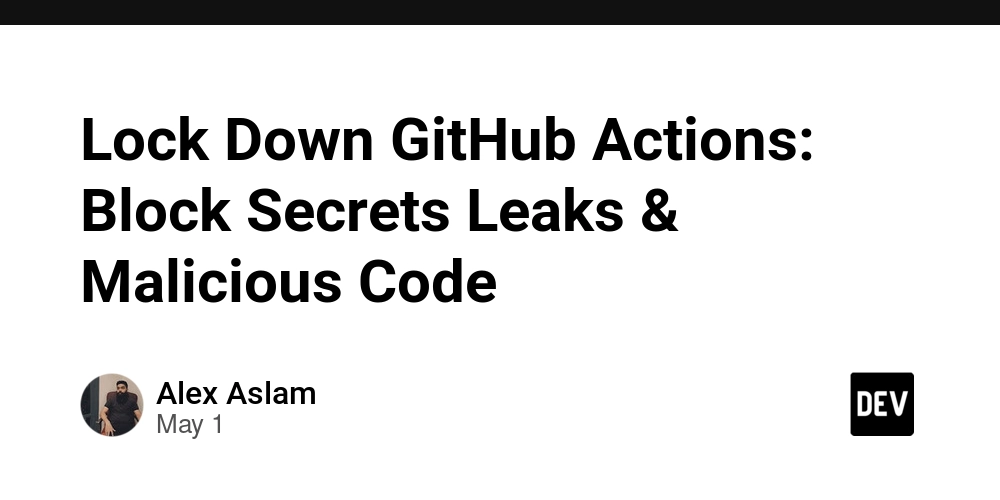

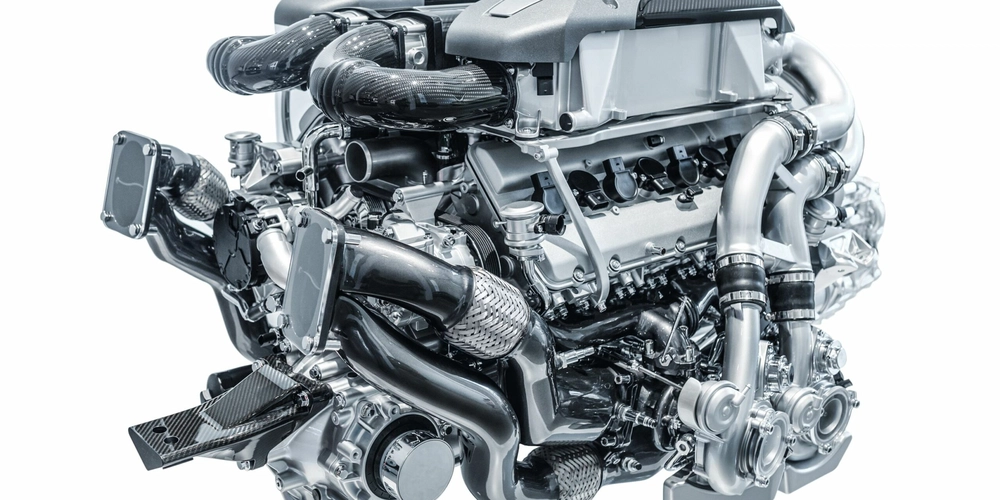
















![[DEALS] Mail Backup X Individual Edition: Lifetime Subscription (72% off) & Other Deals Up To 98% Off – Offers End Soon!](https://www.javacodegeeks.com/wp-content/uploads/2012/12/jcg-logo.jpg)






























































































































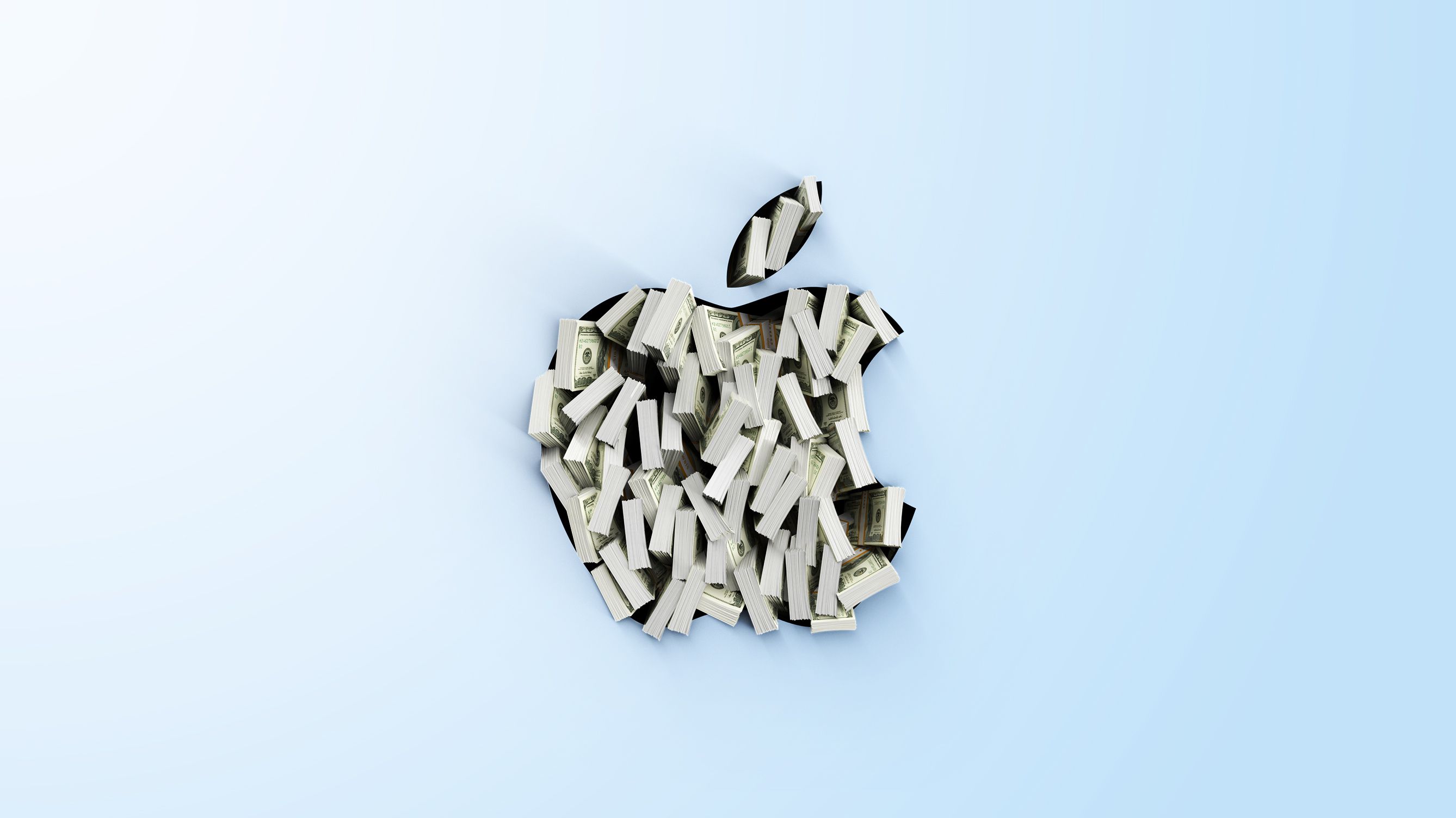














_Andreas_Prott_Alamy.jpg?width=1280&auto=webp&quality=80&disable=upscale#)









































































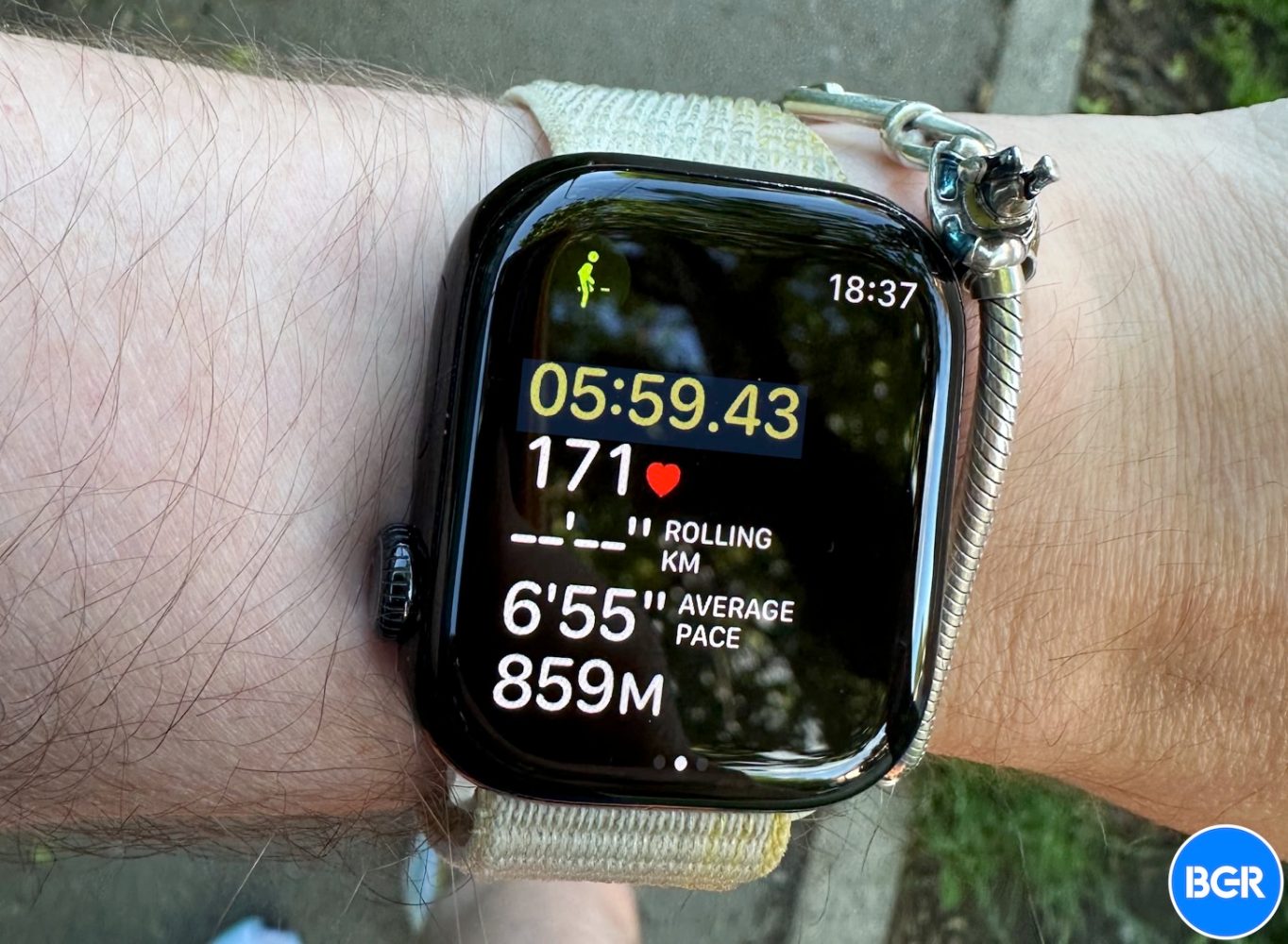





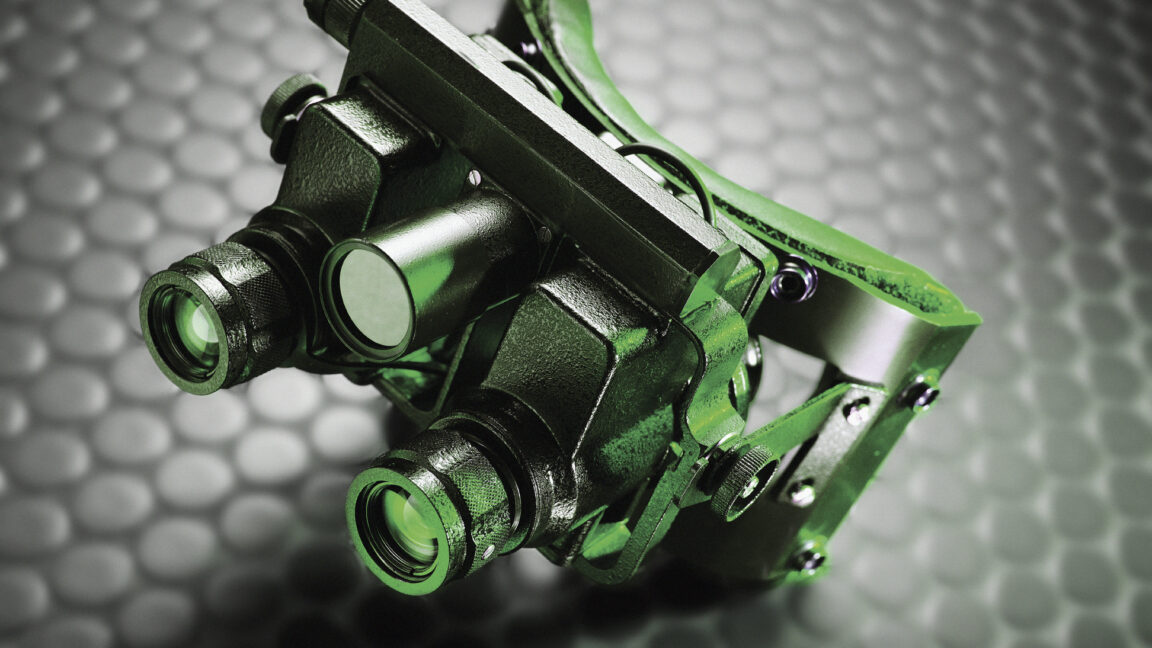


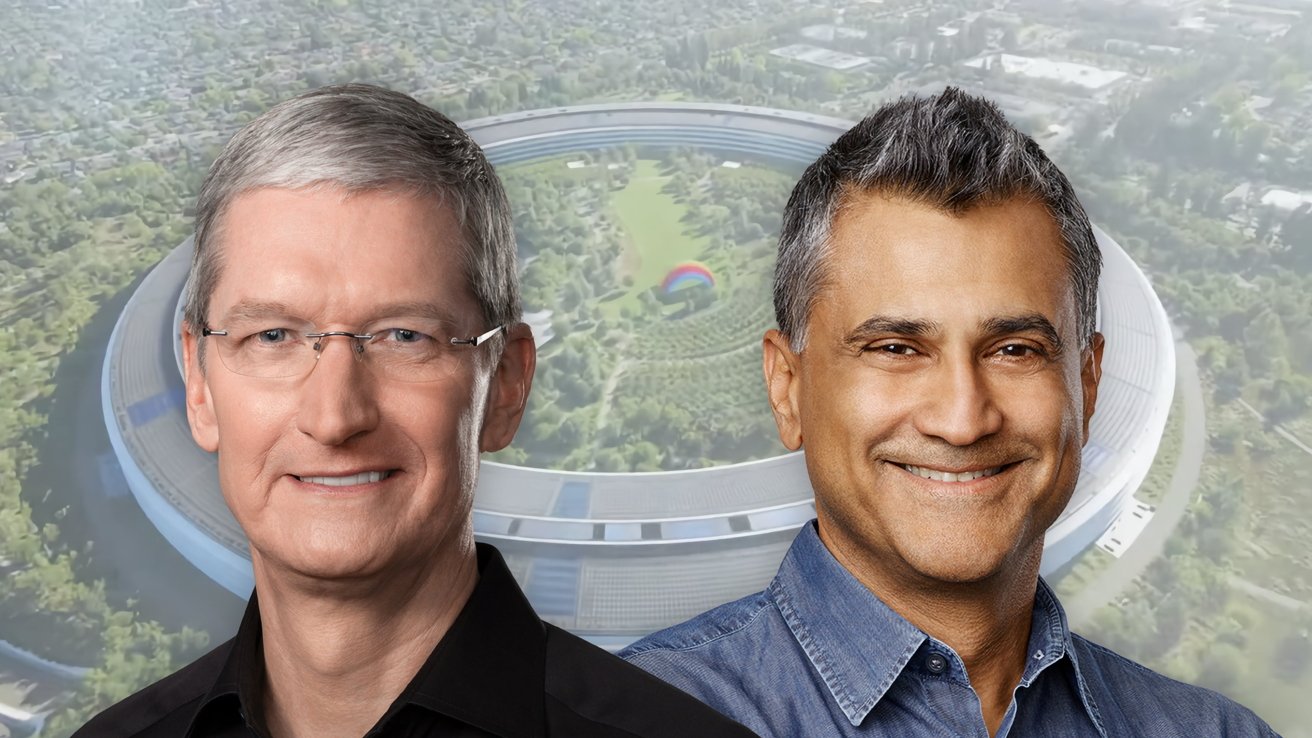


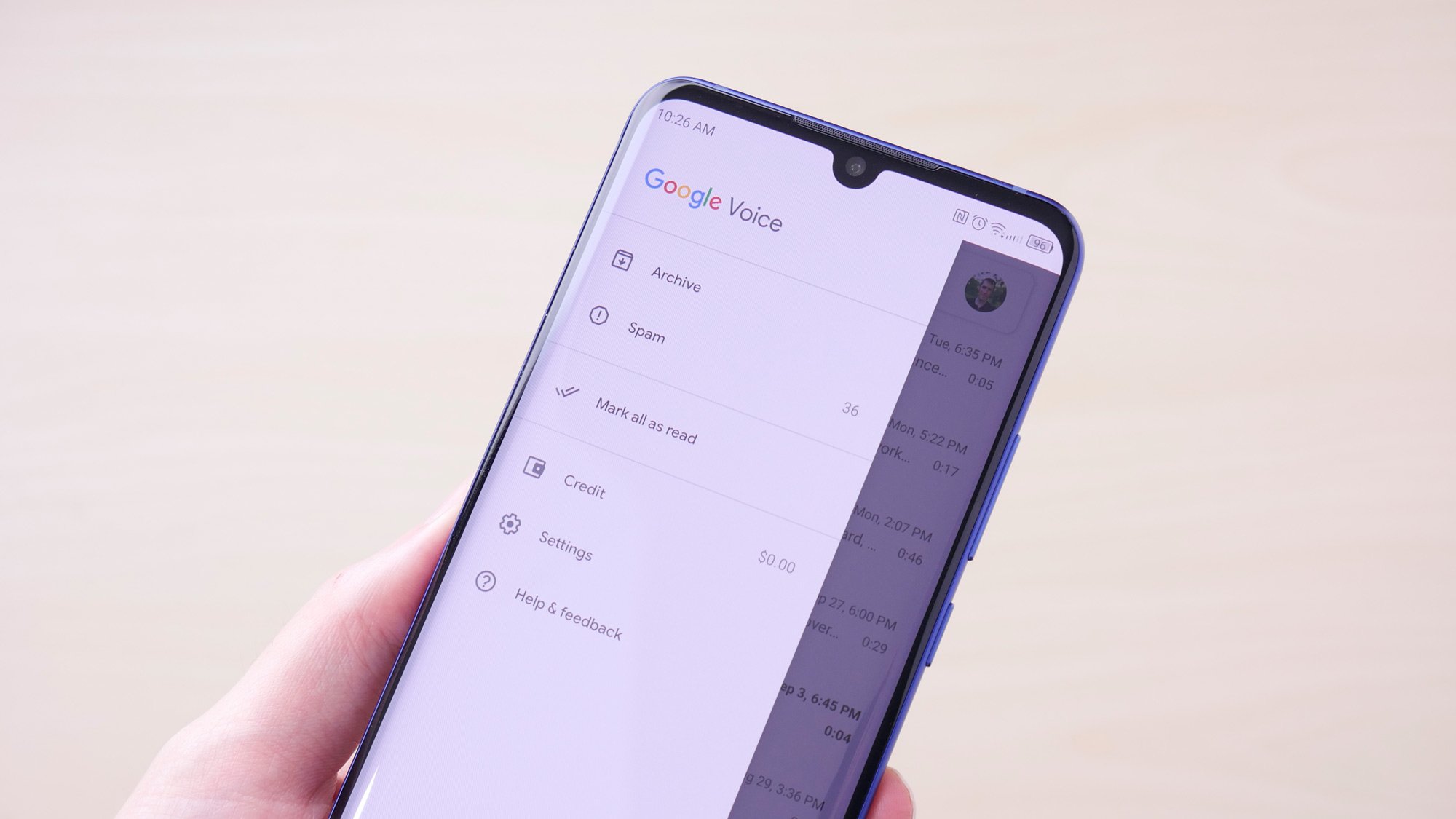

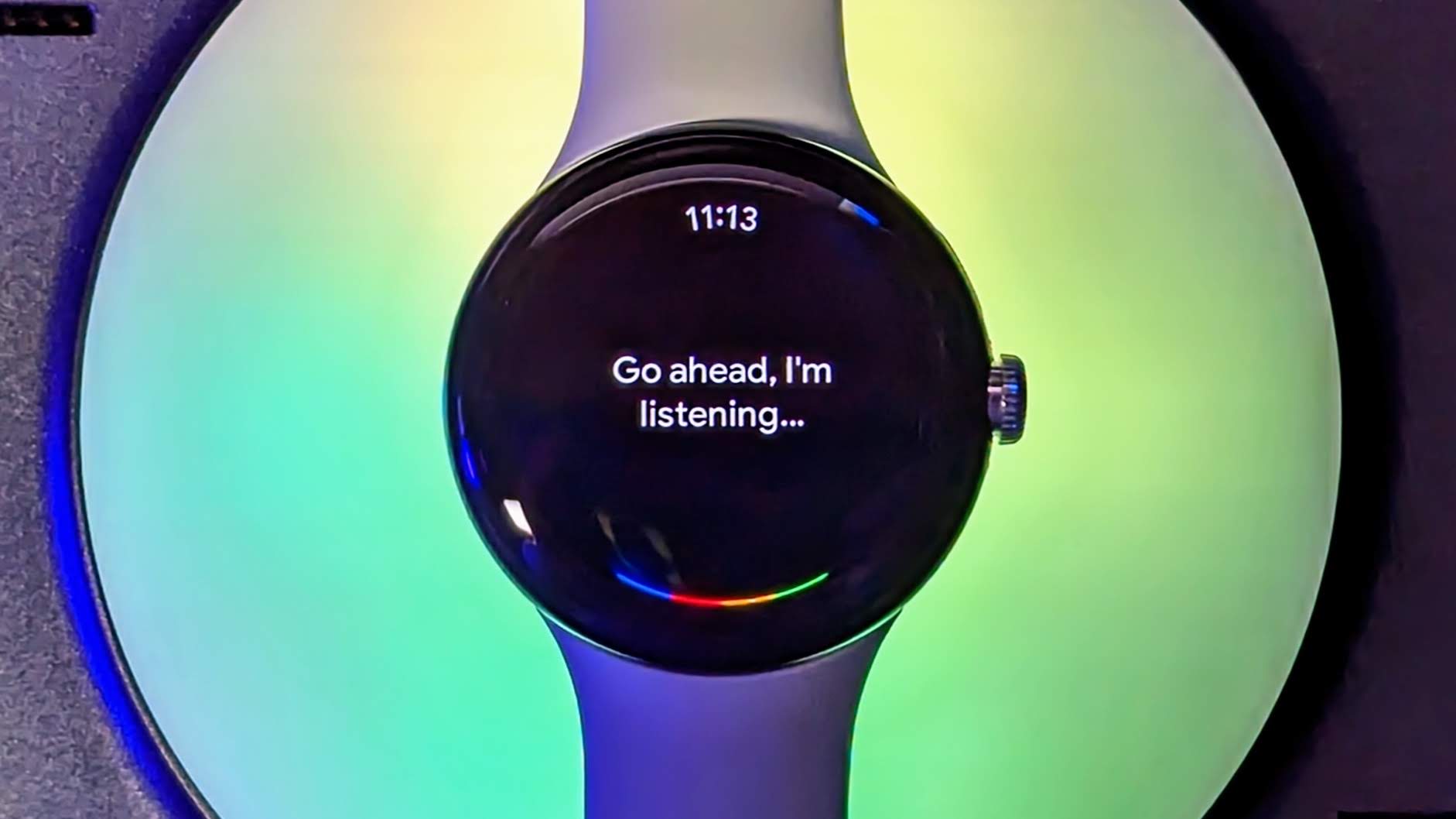

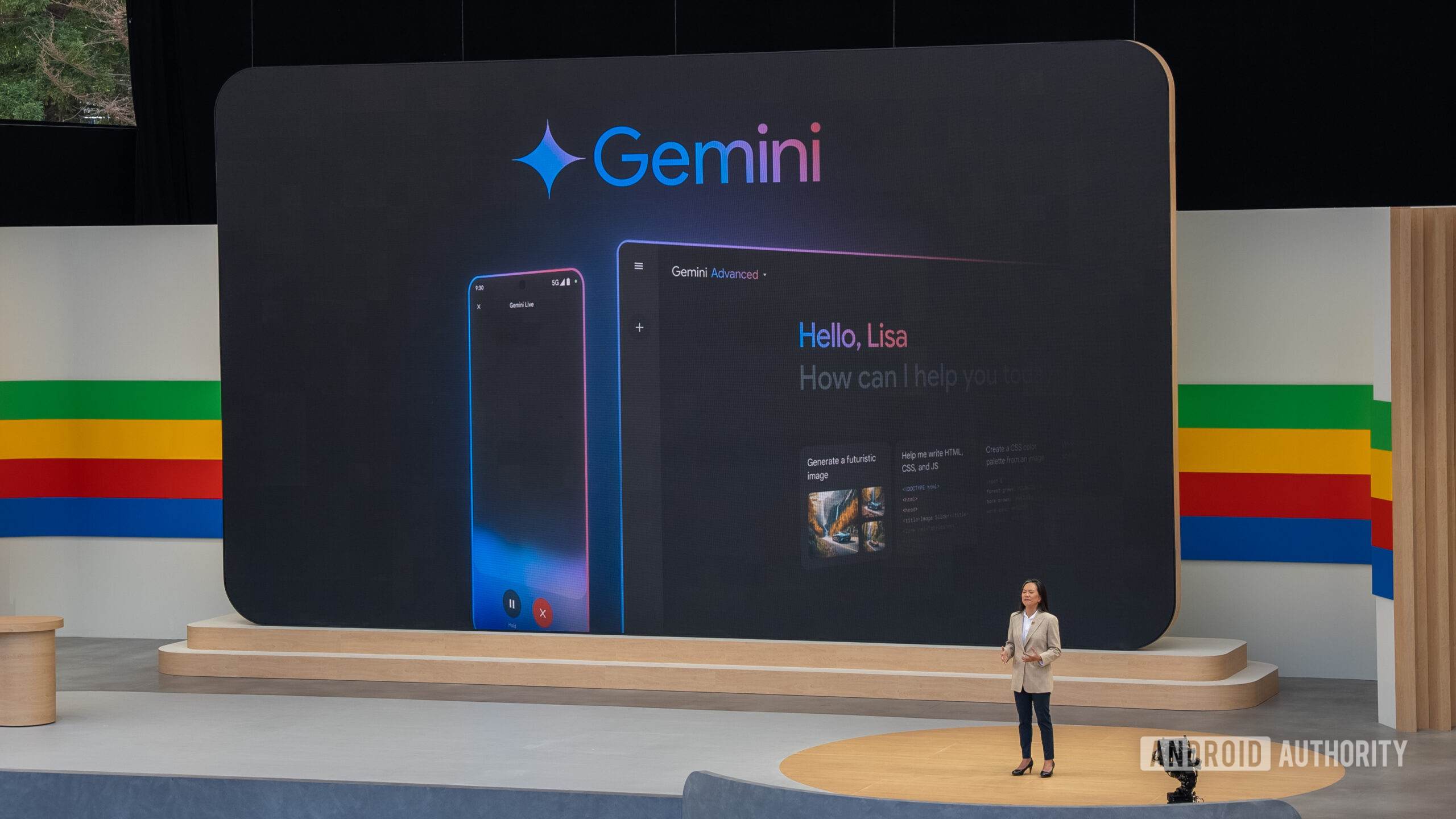






















![Apple Ships 55 Million iPhones, Claims Second Place in Q1 2025 Smartphone Market [Report]](https://www.iclarified.com/images/news/97185/97185/97185-640.jpg)











































